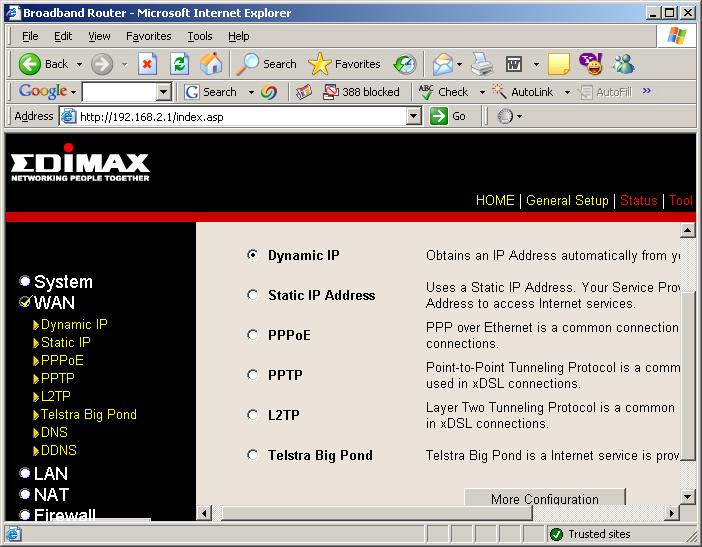
The router status information also shows the channel that the WiFi network is communicating on and provides the LAN port address of the router, which can be used to see whether a connection exists between the computer and the router by using the ping command (see About Command-Line Tools and Use Command-Line Tools for more information on ping and other useful commands). The status information includes the "outside" IP address that has been provided to your WiFi router and LAN as well as wireless port information such as whether or not the WiFi router is configured as a DHCP server (providing IP addresses to the network clients on the WiFi network). This is particularly useful when you are trying to troubleshoot connection problems on the network. If you need help with any of this, please feel free to contact our small business IT managed services.Checking the router's status provides you with a snapshot of the router's configuration and the current status of the WAN and LAN connections to the router. Try to reboot your DNS server which is most likely your domain controller. If you were unable to ping you most likely have a DNS issue.


Test your Internet connection and if you still do not have access, proceed to the next step. Find your cable/DSL modem or T-1 router and power it down. If all is well, proceed to step two to check your infrastructure.

The first step is to rule out any area-wide problems with your ISP.


 0 kommentar(er)
0 kommentar(er)
